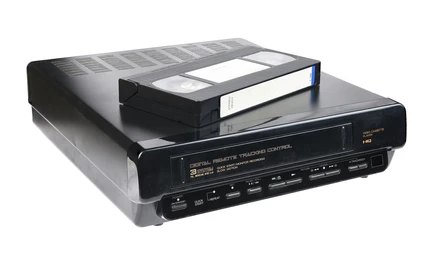Introduction
In an era of streaming and digital media, VCRs gather dust in attics and thrift stores. But what if these forgotten relics hold hidden value? How much gold is in a VCR? Surprisingly, these outdated devices contain small but recoverable amounts of gold—used for corrosion-resistant connectors and circuit boards. While a single VCR won’t make you rich, understanding its gold content reveals a bigger truth: e-waste is a modern-day goldmine.
In this guide, we’ll break down:
✔ Exactly how much gold is in a VCR (with real-world data)
✔ Where the gold is located (key components to target)
✔ Is it worth extracting? (cost vs. profit analysis)
✔ How professionals recover gold from e-waste
By the end, you’ll know whether your old VCR is trash—or treasure.
How Much Gold Is in a VCR? (The Hard Numbers)
Most people assume gold is only found in jewelry or bank vaults. But electronics, including VCRs, use gold for its superior conductivity and resistance to corrosion.
Average Gold Content per VCR
| VCR Type | Estimated Gold Content |
| Standard 1980s-90s VCR | 0.02 – 0.1 grams (20–100 mg) |
| High-End/Professional VCR | 0.1 – 0.2 grams (100–200 mg) |
| Bulk Processing (Per Ton of VCRs) | 5–20 grams |
Key Findings:
- A typical VCR contains enough gold to be worth
- 1–
- 1–7 at current prices.
- Older models (pre-2000) often have more gold due to thicker plating.
- You’d need 50–100 VCRs to extract 1 gram of gold (worth ~$70).
Where Is the Gold in a VCR? (Key Components)
Gold doesn’t just sit inside a VCR in raw form—it’s strategically placed in critical components. Here’s where to look:
1. Printed Circuit Boards (PCBs)
- Gold-plated traces & contacts (used for signal integrity).
- IC chips & edge connectors (thin gold plating prevents oxidation).
- Estimated gold per PCB: 10–50 mg.
2. Connectors & Ports
- Audio/Video (RCA) jacks (gold-plated for better signal transfer).
- Internal ribbon cable connectors (microscopic gold layering).
- Estimated gold per connector: 1–5 mg each.
3. Head Drum Assembly (Critical for Tape Playback)
- Some high-end VCRs use gold-plated bearings or sensors.
- Estimated gold in drum assembly: 5–20 mg.
Is It Worth Extracting Gold from a VCR? (Cost vs. Profit)
The Reality of Gold Recovery
| Factor | Details |
| Gold Value per VCR | 1–1–7 (if 0.02–0.1g at $70/gram) |
| Refining Cost (DIY) | 10–10–50 per device (chemicals, safety gear) |
| Bulk Processing Profit | Recyclers make money at scale (tons of e-waste) |
Verdict:
- For individuals? Not worth it (costs exceed returns).
- For recyclers? Profitable in large quantities.
How Do Professionals Extract Gold from VCRs?
Step-by-Step Gold Recovery Process
- Disassembly – Remove PCBs and gold-bearing parts.
- Chemical Stripping – Use aqua regia (nitric + hydrochloric acid) to dissolve gold.
- Precipitation – Add a precipitant (e.g., sodium metabisulfite) to extract pure gold.
- Melting – Smelt gold powder into bars or nuggets.
⚠ Warning:
- This process involves toxic chemicals and should only be done in controlled environments.
- Most hobbyists lose money due to inefficiency.
Conclusion: Should You Bother with VCR Gold?
So, how much gold is in a VCR? While a single unit won’t make you rich, bulk e-waste recycling can be lucrative. For most people, selling old VCRs to recyclers is smarter than DIY extraction.
Final Takeaways:
✅ Average VCR has 0.02–0.1g gold (~1–1–7 value).
✅ Gold is found in PCBs, connectors, and head assemblies.
✅ Extraction is only profitable at large scale.
What’s Next?
If you’re sitting on a pile of old electronics, consider selling them to certified e-waste recyclers instead of tossing them. You’ll help the environment—and maybe earn a little cash.

